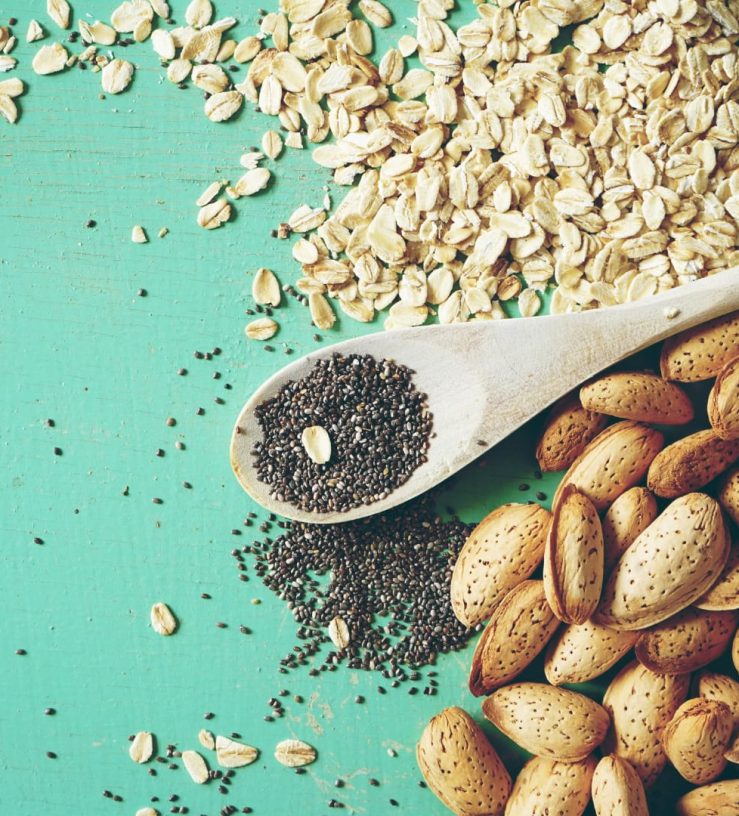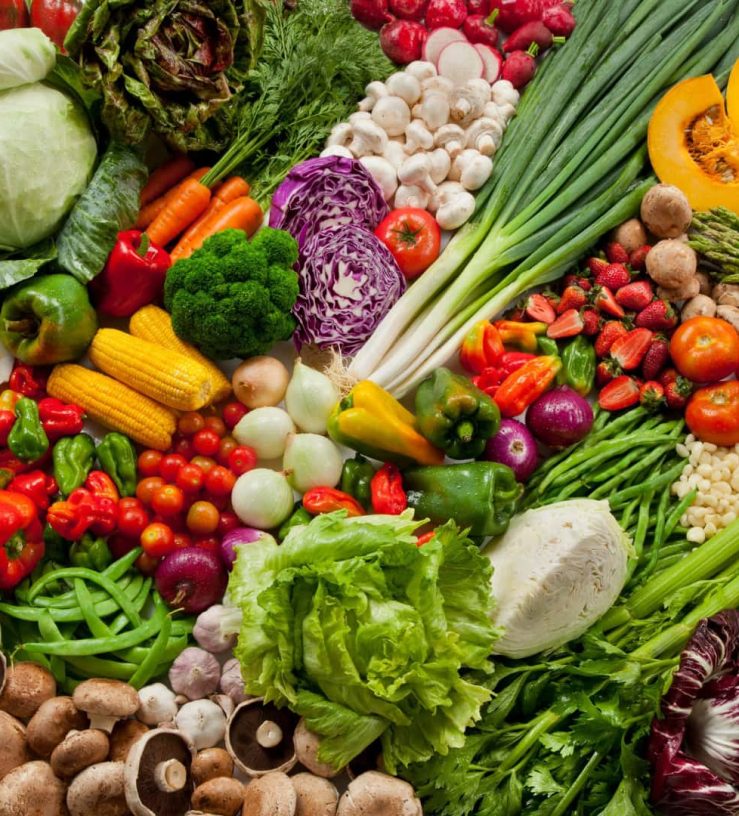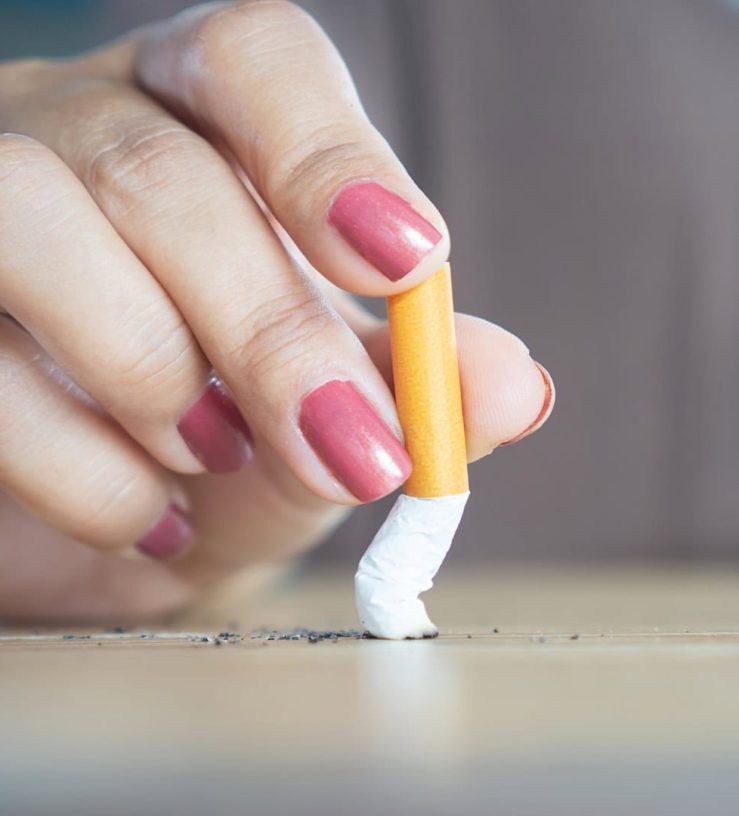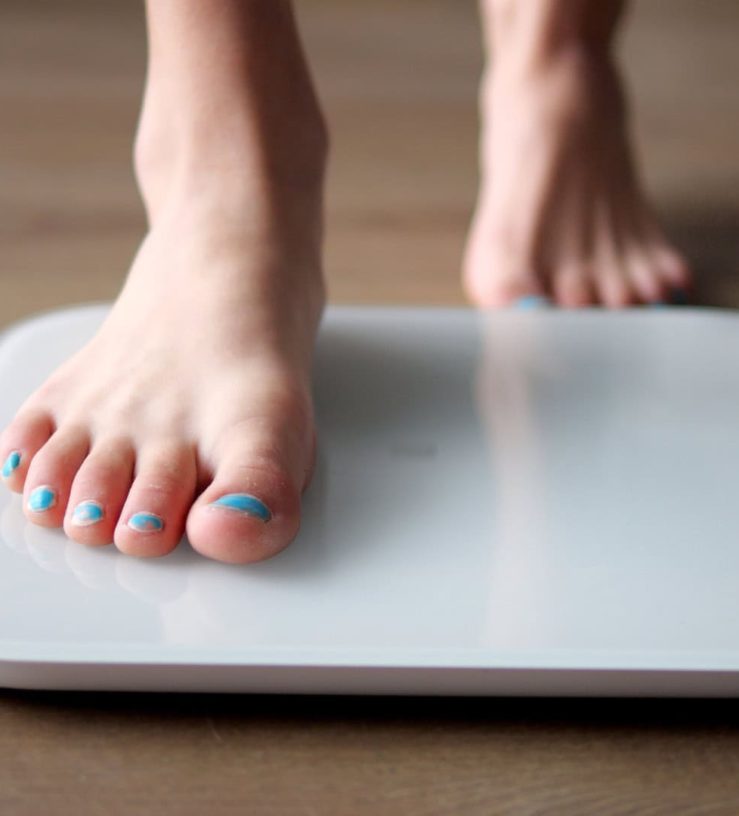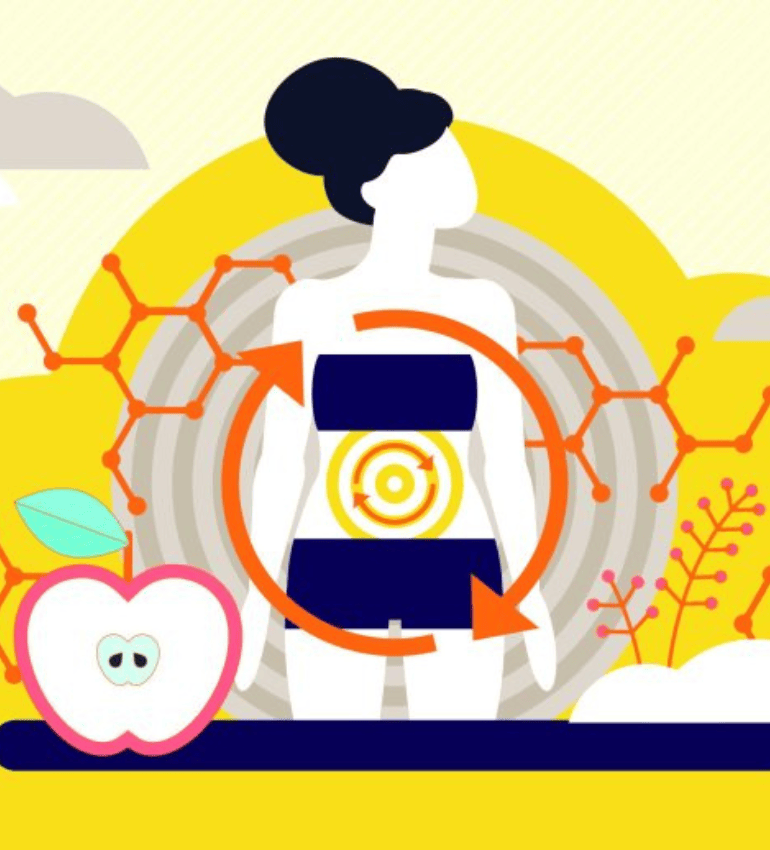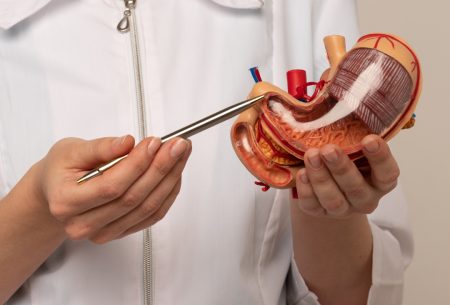How much do you invest in anti-ageing products, whether that’s pricey creams to tackle wrinkles or regular salon visits to cover grey hairs? There’s often a strong focus on external signs of ageing, but what about what’s happening inside? Your gut – home to trillions of bacteria – ages too, and it needs just as much care with each passing decade. Unfortunately, many of us don’t think about this until symptoms strike.
Diverticulosis is a prime example of gut ageing in action, often going unnoticed until the warning signs are hard to ignore. Let’s explore what this condition is, how to identify its symptoms, and most importantly, how to prevent it from impacting your quality of life.
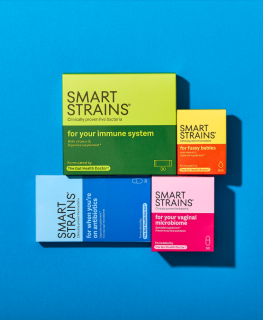

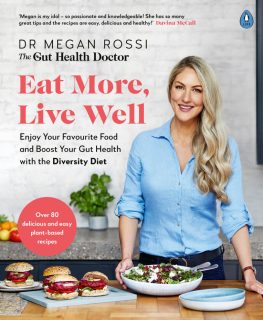






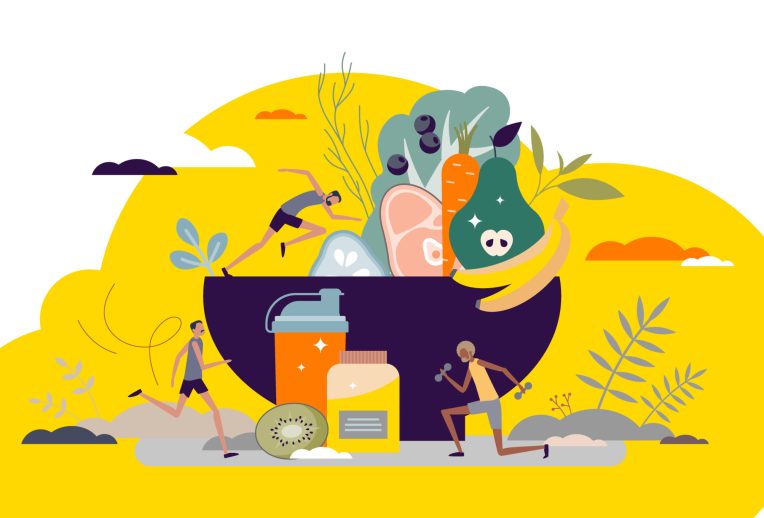
 What is diverticulosis?
What is diverticulosis?